Choosing the Right Scenes to Go in the Right Places
My guess is that few novel writers spend time thinking about scene choice or type and the placement of specific types of scenes in a novel. Yet, it’s the key to solid story structure.
What do I mean?
Scenes are the backbone and heart of novels. There are many types of scenes and many ways to write them. Genre is the biggest concern because in order to write the perfect scenes for your story, you need to know whom you are writing to.
Too often writers sit down and pull a scene out of their heads. They don’t spend much time planning the purpose of the scene. This speaks to a bigger issue: lack of overall plotting. If you don’t understand novel structure and what the key turning points are, you will find it challenging to write the kinds of scenes needed.
Certain types of scenes are found in different sections of a novel. Setup scenes are focused on setting up character, conflict, stakes, and premise in the opening scenes. Scenes near the climax are about high stakes and high energy.
Middle scenes are about progress and setback, rise in action, twists and victories. Later scenes are intensified in action, emotion, stakes, consequences.
In general, scenes are either low-energy or high-energy. Too many introspective scenes showing characters sitting around thinking will bore readers. Conversely, too many back-to-back action scenes with little down time or character processing will tire readers and cause them to disengage with the characters.
You definitely need a balance, and this is where understanding scene types will help you. Be sure to download and study the handout on scene types, (and if you want to go deeper, get the book Writing Deep Scenes by Rosenfeld and Alderson).
When you spend time deconstructing those best sellers, one thing you need to especially note is the scene type. In addition, determining what part of the action-reaction cycle is being shown will help you see how this natural cycle progresses from scene to scene.
If you haven’t watched my video on Action-Reaction in my Emotional Mastery course, be sure to do so. You can access it by scrolling down my course page to the curriculum and clicking Preview. It will explain the cycle thoroughly, and I’m not going to do that here in this post. But know this: if your characters aren’t reacting properly to the action, then processing what just happened, your scenes will feel off.
Take a look at how I analyzed the first six scenes of the novel Catching Fire, book 2 in Suzanne Collins’s series The Hunger Games, and consider doing something similarly with novels you deconstruct (and if you aren’t doing this kind of deep work, you are risking novel failure):
Catching Fire – Suzanne Collins
Summary of First Scenes
-
- Scene Type: Lay of the Land (strategizing how to move forward) Cycle: Processing
Setup. Katniss reflects on the changes to her life since arriving back from the Hunger Games. She brings food to Gale’s family and spreads her wealth around. She reinforces her relationship with Haymitch, waking him from his liquor-induced slumber. Peta arrives with bread. Katniss’s uncertainty regarding her feelings for Peta is evident.
-
- Scene Type: Suspense (strength of opposition) Cycle: Action
President Snow shows up at Katniss’s house. He indicates he would have preferred her (and Peta’s) death at the end of the Hunger Games as he grills Katniss.
-
- Scene Type: Contemplative Cycle: Reaction/Process/Decision
Katniss processes what just happened. She attempts to make sense out of her exchange with President Snow while she bathes in preparation for her prep team’s arrival. The trio arrives to prepare Katniss for her tour of the districts. Katniss is encouraged to develop a talent. Peta and Katniss exchange a kiss before the cameras. Haymitch tells her she will never have a real life—the one she wants with Gale.
-
- Scene Type: Contemplative, Twist (also epiphany) Cycle: Process/Decision/New Action/Reaction [Note: this scene really should be broken up into 2-3 scenes]
Inciting Incident. On the train, Katniss details the recent visit with President Snow to her team. She runs through her next moves and options. Effie and Katniss eat breakfast on their “travel day” before arriving at District 11. Peeta shows her his paintings. They arrive at District 11 and do their act. Peeta offers the district a portion of their winnings. Then Katniss speaks consolingly to the crowd. They show solidarity with the mockingjay salute. Katniss realizes she’s unleashed the whirlwind and in horror watches a man shot because of her.
-
- Scene Type: Suspense, Transition Cycle: Reaction
They hurry back into the Justice building as more shots are fired. Haymitch demands to know what happened. Peeta explodes in guilt. Quick montage as they spend days doing the same appearances at all the other districts, until they arrive at the capitol, where they make their final appearance before Snow.
-
- Scene Type: Twist Cycle: Action
They attend the big party at Snow’s mansion. Katniss thinks about the suffering people. Scene ends with her seeing a secret transmission showing a violent uprising in District 8.
When you spend time looking at scene types and placement in best sellers, I think you’ll see clear styles. In suspense thrillers, you are going to have a whole lot more action scenes, with short bits of processing going on, sandwiched between them.
My Example
I took four novels that I really love in my general genre. These were very different books. Two were first person; one was shifting third person; the fourth had a combination of both, plus present and past tense. The reason for choosing these was the writing style and—most importantly—the fact they were heavily character-driven stories, which my thriller is.
As I began plotting out my outline, I read the first three scenes of all the books and noted in a chart what the plot action was for each scene. I then went deeper into the scene type and energy.
For instance: all four books had the exact same type of opening scene, which is expected in the suspense/thriller genre. They were your typical setup scene that showed the protagonist in his/her world, in the middle of some intense action, a lot of inner conflict and introspection sprinkled in (because these are character stories). These characters’ skills, background, and expertise were on display that showed them compelling, unique, and empathetic.
In addition, since this is a supernatural thriller niche, the characters’ special abilities were quickly brought to the forefront (and that’s because they’re the hook, what makes the book unique).
The second scene was lower energy, a processing and/or reacting to what just happened in the opening scene, as well as a lay of the land and setting up some high energy action by the end of the scene. And so it goes.
Therefore, with my WIP, Lightning Man, I open with a high-energy exciting scene on the mountain where my protagonist works as a park ranger, and I put him in a tense and dangerous situation that showcases all his many powers he has.
The follow-up scene shifts him to a symposium where he’s speaking as an authority on lightning (showcasing his other expertise and background), establishes his work relationships (which these other novels do in the second scene), and ends with a literal bang–with a bomb blowing up buildings down the street.
I hope you see how this is all about aligning your book to fit the genre on the macro level. You’re looking at scene types and placement, which would then lead you to the components of those scenes, which I explained in the video on macro to micro deconstruction.
With mysteries, you will see a huge amount of processing as detectives work to piece together clues and solve crimes. But these have to be balanced with high-energy/action scenes.
Of course scenes can have numerous steps in the action-reaction cycle as well as combine scene types. Not all scenes are easily labeled. But if you focus on the action-reaction cycle, that should give you a good idea when working on your rewrites.
You Gotta Know the 10 Key Scenes
If you have a sluggish middle, it’s likely you have the wrong scene types playing out. The plot may be dragging because you don’t have any suspense or a twist, and of course understanding the ten key scenes is going to be crucial.
If your novel doesn’t have a midpoint mirror moment, readers will sense that and your story will feel off. If your scenes at the climax are slow, contemplative ones, you will sabotage the delivery of the resolution of the plot goal.
If you fail to end the book with a scene that shows your character processing and reacting to everything that just happened, readers won’t be satisfied.
If you’re unaware of what those ten key scenes are, study Layer Your Novel. And take my online video course The 10 Key Scenes That Frame Up Your Novel, which goes way deeper than my book and has lots of great movie clips to drive home the content!
While this may sound complicated, it doesn’t have to be. It’s all about deconstructing those best sellers and aligning the scene types and placement of your book alongside theirs. If you want your book to enthrall readers, consider this your homework!
Featured Photo by Letizia Bordoni on Unsplash


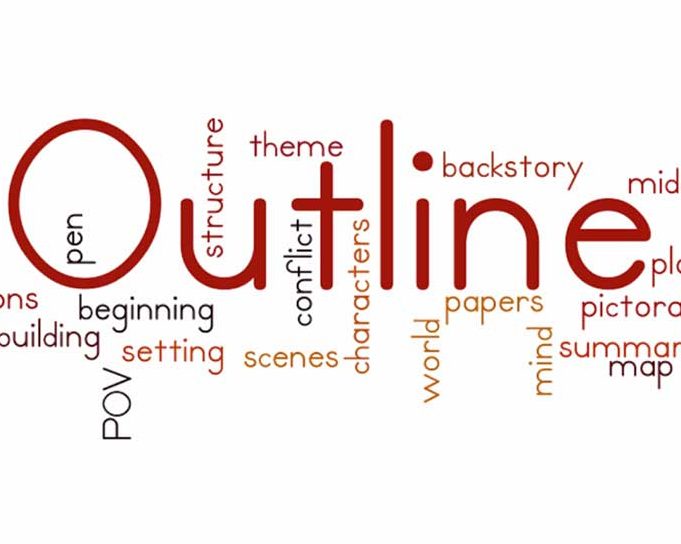
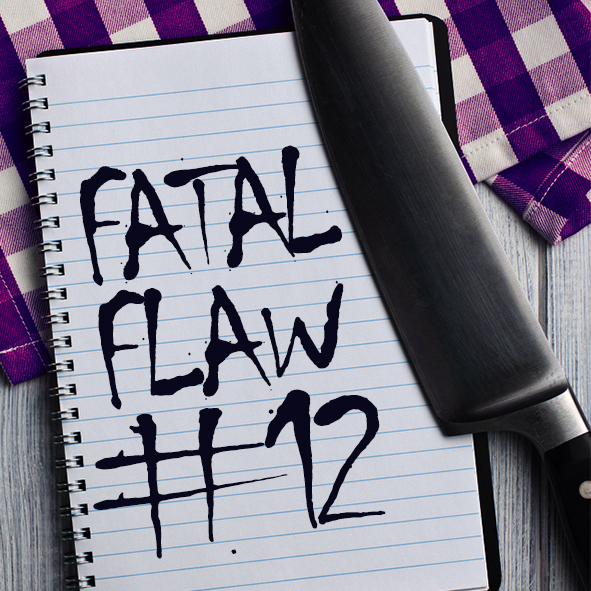
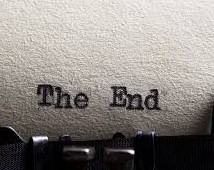

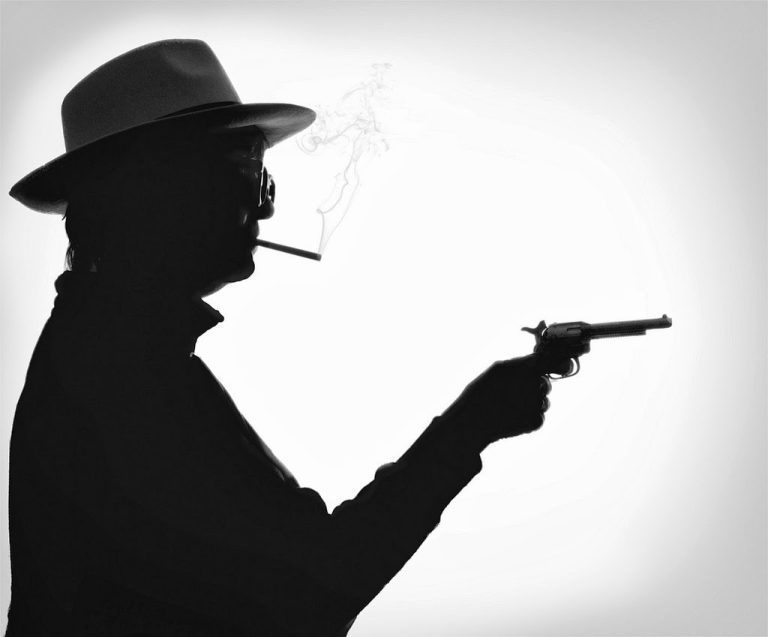
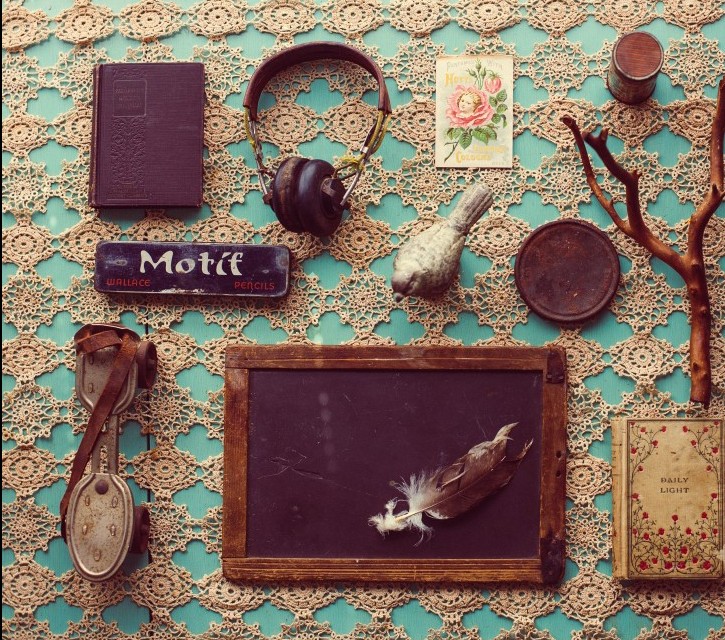




This post couldn’t be more convenient. I just starter Catching Fire a few days ago. I begin the first scene in my novel with a quick overview of setting and then some action when the protagonist gets thrown out of a place. He then meets his love interest, which turns out to be a disaster, and that’s how the first chapter ends. I think I have two or three scenes squeezed into two chapters, because the second chapter focuses on the consequences of what just happened, and then turns into a discussion.